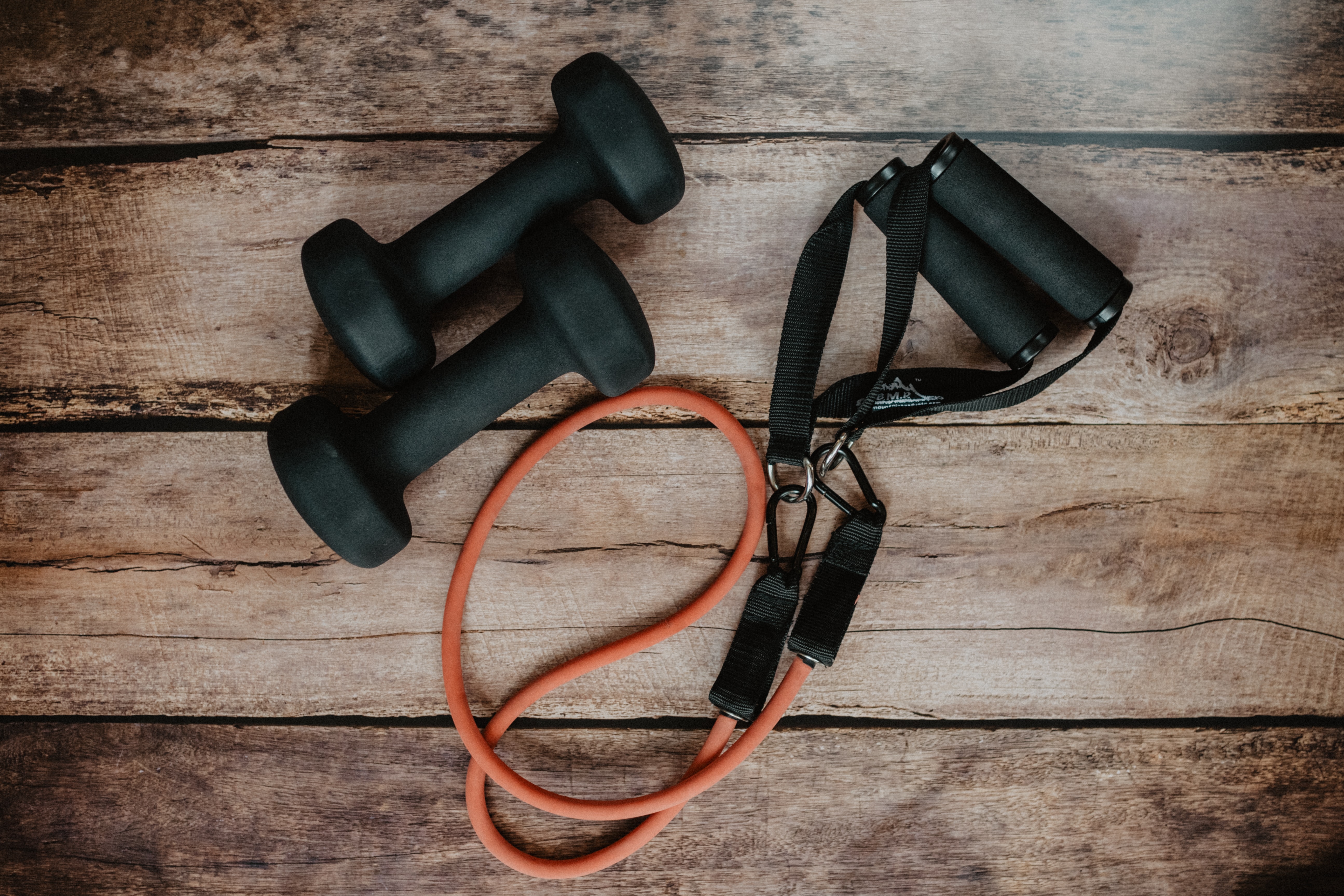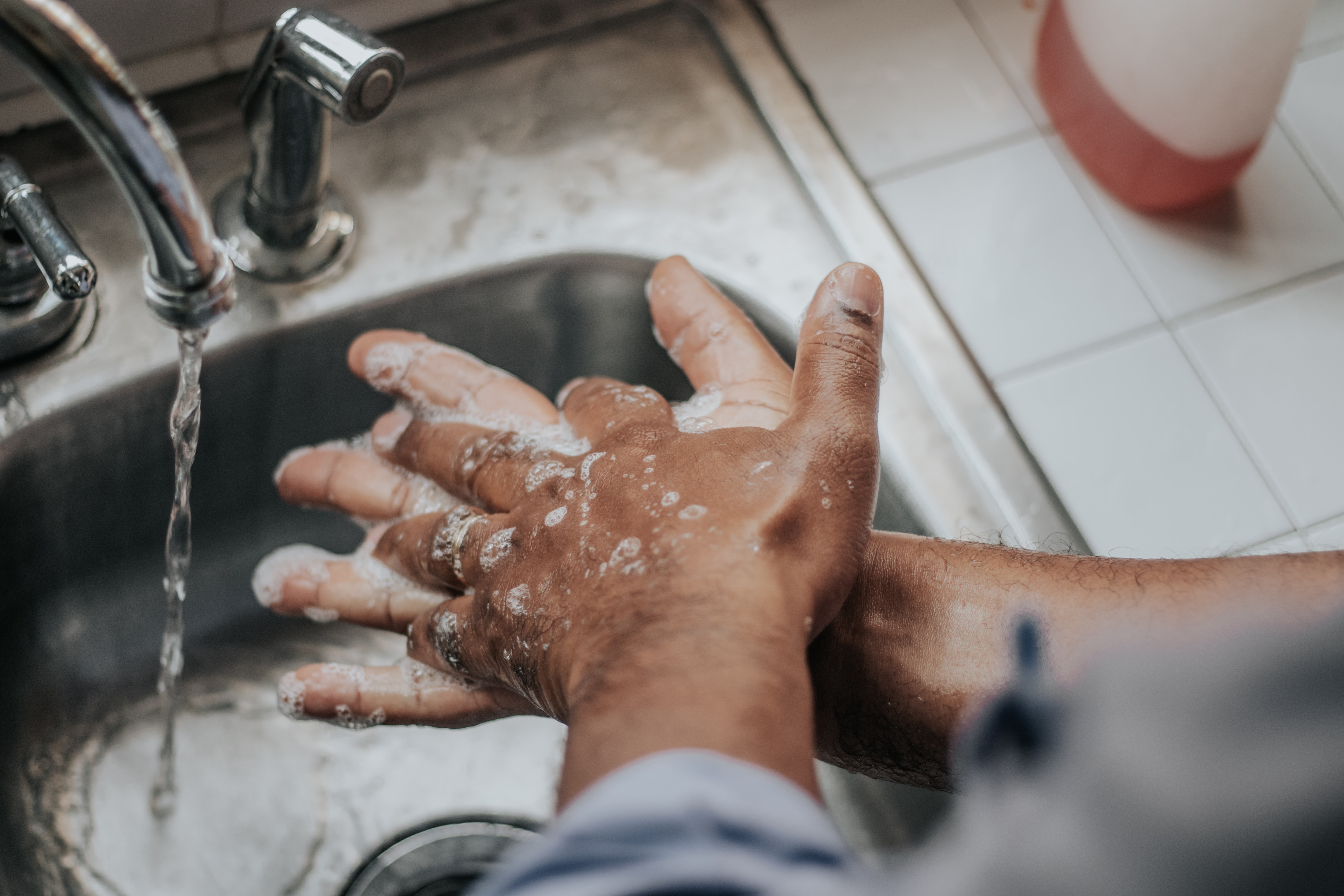 Photo by Tim Mossholder
Photo by Tim Mossholder
The New Year is coming and with it the thoughts of what should be your New Year Resolution. Should it be one thing or a few things to work on? It has been shown that most New Year resolutions are short lived, we do better the first few weeks and then get tired and hit some stumbling blocks. It is good to pick something that you feel motivated to do and try to stick with it….even if you have some lapses.
Some healthy thoughts to consider:
Cut back on that sugar!
- AHA recommends no more than 100 calories/day(6 teaspoons or 24 grams of sugar) for most women and no more than 150 calories/day (9 teaspoons or 36 grams of sugar) for most men
- There is so much hidden sugar in foods we eat routinely such as juices, sodas, yogurts, etc
- Cutting a small thing like soda out of your diet can make a big difference
Be vigilant of your salt intake
You should be eating less than 2300 mg/day, that is less than a teaspoon a day
Eat more fresh vegetables and fruits
Cut your portion size by half
- Remember, most restaurants give a portion size than can feed 2 people, and a salt content that your body just doesn’t need
Try to make food at home if possible
- This is the best way to know what is put in your food and you can be confident in what you eat
Exercise regularly
- Choose something you enjoy and stick to it-take a walk, yoga, aerobics, treadmill
- If you work at a desk all day, work on getting up frequently and moving around
- Remember that sitting disease is not good
Schedule those health check-ups that are long overdue
Sleep better
- Most people don’t get enough quantity or quality of sleep
Work on learning something new and enriching your knowledge
- Books, audiobooks, engaging in workshops online, or youtube lessons Brain stimulating activities are particularly important
Work on getting that “Me time” in
- Sometimes, taking some time for yourself to unwind is crucial, even if it is just an hour a week that you can spare, it will make you feel refreshed and more energic to take on your work and home obligations
Make “To Do” lists
- It has been said that those that make “to do” lists get more accomplished and feel better about their day
Get organized!
- Organize your desk, drawers, purse, closet, etc. It will make you find things easier and make your surroundings look visually appealing and provide an atmosphere of well-being
The options for making that one change this New Year are endless, but remember one tiny change can make a world of difference. So, what New Year’s resolution are you going to tackle?
 Photo by
Photo by  Photo by
Photo by  Photo by
Photo by  Photo by
Photo by  Photo by
Photo by  Photo by
Photo by  Photo by
Photo by  Photo by
Photo by